Laser Windows
Wide selection of laser windows made from high quality UV FS, BK7 optical material. Round (dia from 12.5 to 76.5 mm, thickness from 2-6 mm) and rectangular (from 15x20 to 50,8x50x8 mm, thickness from 2-6 mm)) laser windows can be found in product catalogue, other custom sizes are available under request. Round (dia from 12.5 to 76.2; thickness form 3-15 mm) and rectangular (from 15x20 mm to 50.8x50.8 mm, thickness form 3-10 mm) precision laser windows, precision thin laser windows are available uncoated or coated with anti reflective coatings under customer's request.
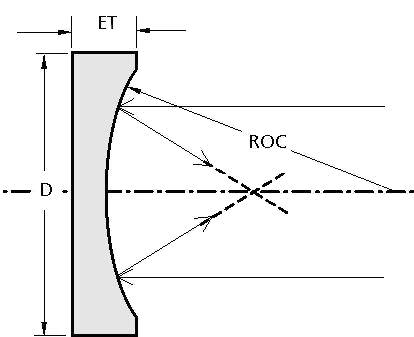
Curved Windows
Made of BK7 glass, UV grade fused silica, polished to high surface quality, standard substrates are available with a variety of radii of concave curvature.
Download Brochure
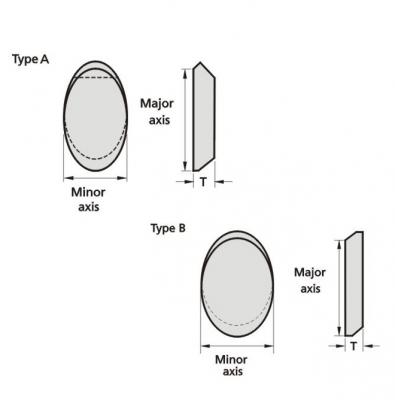
Elliptical Windows
Elliptical flat mirrors bend light at precise angles with minimum wave distortion due to elongated major axis. Precision 45 degree elliptical flat mirrors are ideal for technical and astronomical applications.
Download Brochure

Flat Round Windows
The usage of flat windows allows optical radiation to pass from one environment to another, without mixing other components of these environments.
Download Brochure
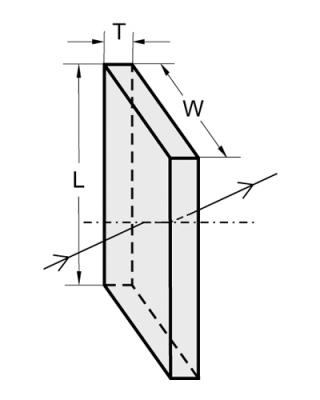
Flat Rectangular Windows
The usage of flat windows allows optical radiation to pass from one environment to another, without mixing other components of these environments.
Download Brochure
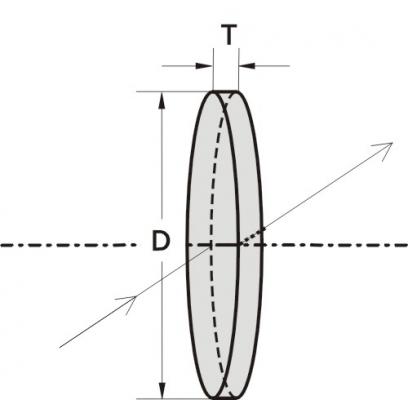
Precision Thin Round Windows
The windows are designed to be used in precision optical systems. The optical transmission is high with little distortion of transmitted signal.
Download Brochure

Precision Rectangular Windows
The windows are designed to be used in precision optical systems. The optical transmission is high with little distortion of transmitted signal. λ/10 transmitted wavefront distorsion is offered.
Download Brochure

Precision Round Windows
The windows are designed to be used in precision optical systems. The optical transmission is high with little distortion of transmitted signal.
Download Brochure
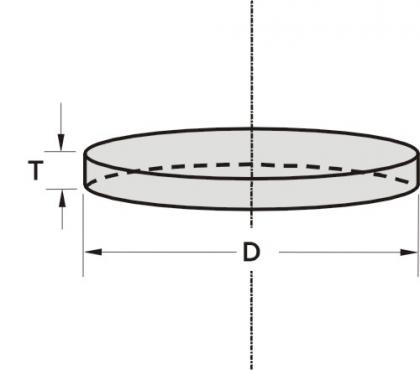
Optical Flats
Optical flats are used for testing and evaluating other optical elements. An interference pattern is formed in the air between the flat and the object being evaluated, and this pattern is usually more seen through the flat than through the object.
Download Brochure









